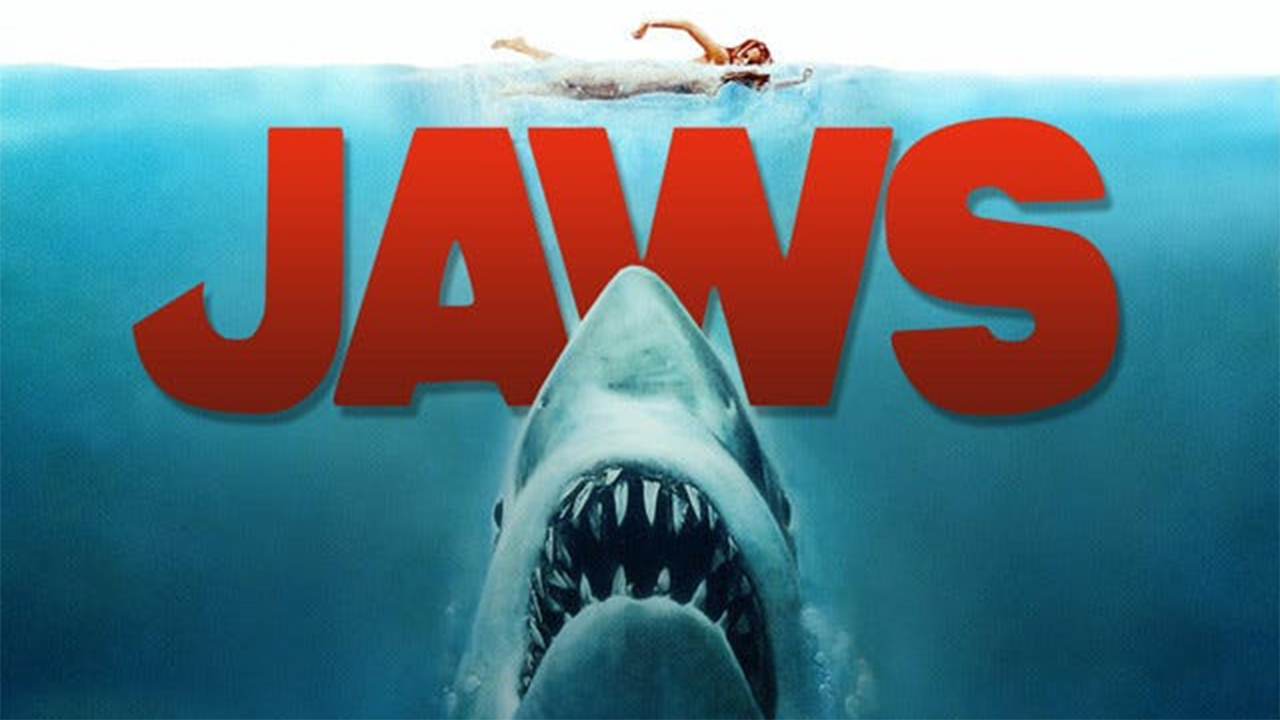50 Years of Fear: How Two Simple Notes from 'Jaws' Still Haunt Us

It's been half a century since 'Jaws' terrified audiences worldwide, and the film's legacy extends far beyond its groundbreaking special effects and thrilling narrative. At the heart of its enduring power lies a deceptively simple element: two musical notes. These notes, composed by John Williams, became synonymous with dread and the unseen threat lurking beneath the waves, forever changing how sound is used in cinema and tapping into a primal fear deeply embedded in the human psyche.
Our perception of the world is intrinsically linked to sound. We often hear before we see, relying on auditory cues to assess our surroundings and identify potential dangers. The gentle lapping of water, the rustling of leaves, the snap of a twig – these sounds trigger a subconscious alert system, a remnant of our evolutionary past where vigilance was crucial for survival. This inherent sensitivity to sound is what makes the 'Jaws' theme so unnervingly effective.
Before 'Jaws,' suspense in film often relied on visual cues – a shadowy figure, a menacing expression, a slow, deliberate camera movement. Williams, however, pioneered a new approach. He understood that the absence of visual information could be far more terrifying than anything explicitly shown on screen. The two notes – an E and an F – are deliberately sparse and repetitive, creating a sense of unease and anticipation. They don't announce the shark's presence; they suggest it, hinting at something vast, powerful, and unseen just beneath the surface.
The brilliance of Williams' score isn't just in the notes themselves but in their strategic deployment. They’re introduced subtly, building tension gradually as the audience becomes increasingly aware of the potential danger. As the shark draws closer, the notes become more frequent and insistent, escalating the sense of panic. Crucially, the music often plays *before* the shark is visible, allowing the audience's imagination to conjure far more terrifying images than any special effect could achieve.
The impact of 'Jaws' on the film industry was immediate and profound. Filmmakers around the world recognized the power of using sound to create suspense and dread. The 'Jaws' theme became a template for countless other scores, demonstrating that music could be a far more potent weapon than visuals in evoking fear. It ushered in an era of more sophisticated and nuanced film scoring, moving beyond simple accompaniment to become an integral part of the storytelling process.
But beyond its influence on cinema, 'Jaws' tapped into something deeper – a universal fear of the unknown and the power of the natural world. The ocean, vast and mysterious, has always held a certain allure and a certain dread. The film exploited this fear perfectly, reminding us that even in our modern world, we are still vulnerable to forces beyond our control. The two notes of the 'Jaws' theme serve as a constant reminder of that vulnerability, a sonic echo of the primal fear that continues to haunt us 50 years later.
So, the next time you hear those two simple notes, remember the legacy of 'Jaws' – a film that not only redefined the summer blockbuster but also demonstrated the extraordinary power of sound to terrify an entire generation.





